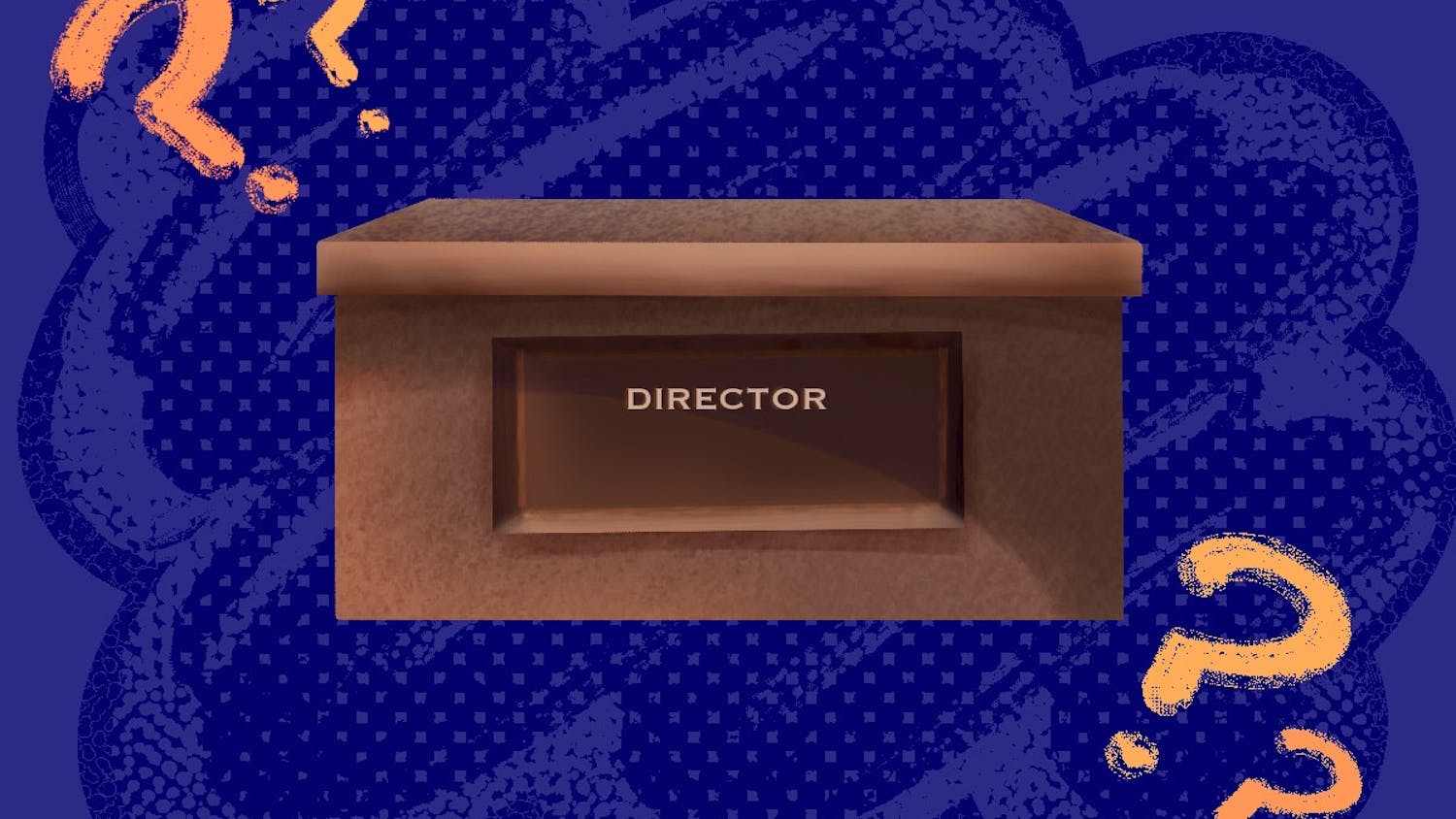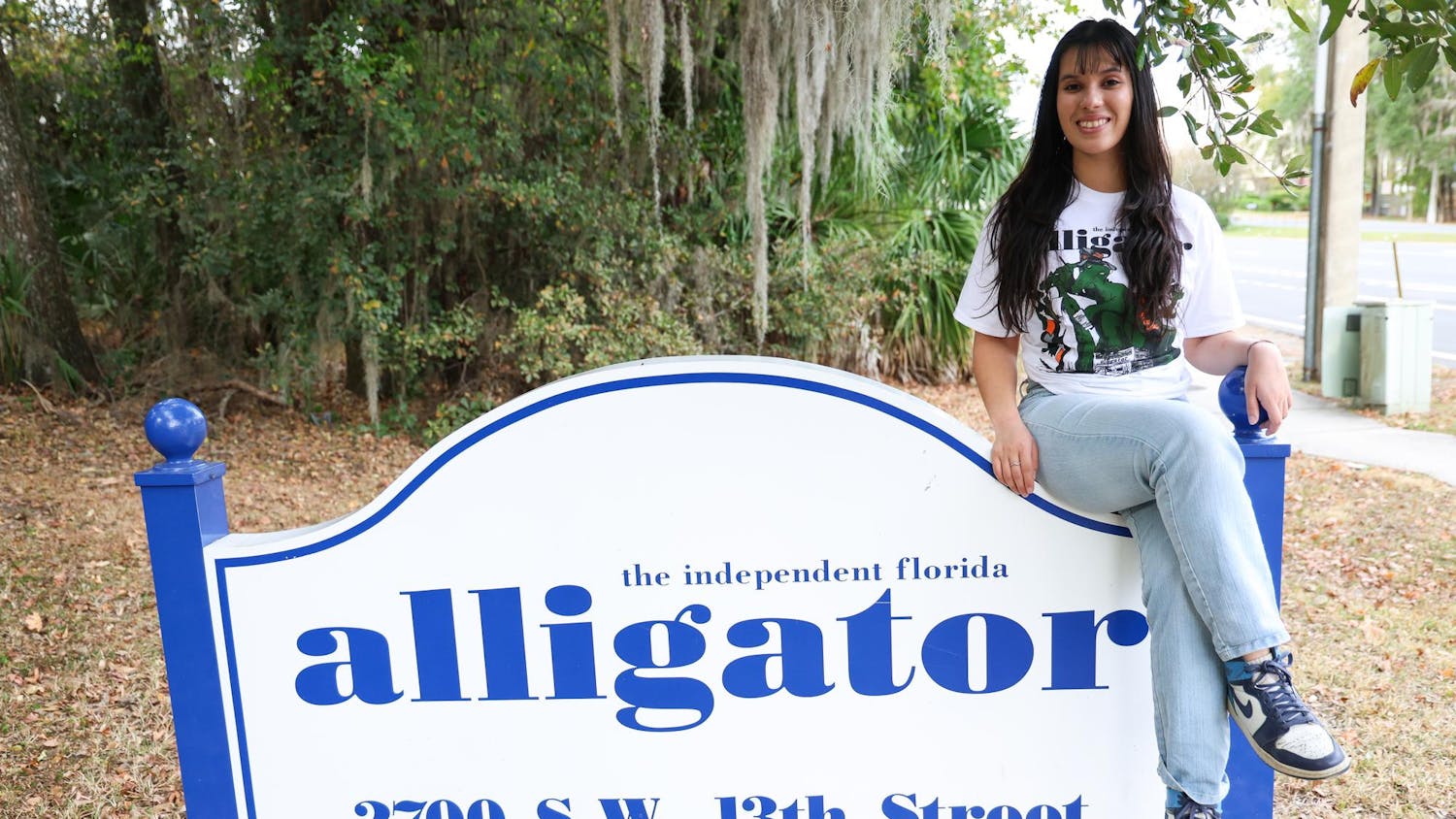A multimillion-dollar project to improve traffic signals in Alachua County has made clearing out UF gameday traffic easier, but routine maintenance problems at various traffic lights are still an issue.
The $18-million project, which began at the end of 2007 and is now about 75 percent complete, led to the inclusion of traffic cameras and fiber-optic cables to improve the traffic signal system in Alachua County, said Matt Weisman, Intelligent Transportation Systems operations engineer for the traffic division of the City of Gainesville.
All county intersections have vehicle detectors that prompt the lights to change when there are low traffic levels and a car approaches.
The detectors are wires in the road that pick up on the metal of cars. More than 50 miles of fiber-optic cables run underground to permit data flow from traffic signals in the city and parts of Alachua County.
Cloudia Kowalski, a senior nursing student at UF, has used a scooter since her freshman year and has gotten stuck at traffic signals that didn't detect her scooter.
For some lights, including one in the midtown area of Gainesville, she'll just make a right-hand turn on a red light and find a place to make a U-turn, she said.
Weisman said the detectors should pick up scooters as well, but if drivers of scooters or even cars drive past the "stop" lines at a signal, they may be out of the equipment's range.
The traffic division office has a wall of 120 video screens set up at traffic signals that allow employees to monitor traffic levels and how the signals are operating.
The traffic department monitors video feeds at Ben Hill Griffin Stadium and can alter traffic signals' timing to help flush out traffic more quickly when people begin heading home, he said.
For the first two games of the 2011 season, it took about 70 to 80 minutes for traffic to clear out. For more popular games like the upcoming University of Tennessee match, it may take closer to 90 minutes.
But this is still an improvement from the three or four hours it sometimes took in previous years before the traffic system update, he said.
Weisman named two broken traffic signals that he could remember off-hand: one at SW 16th Avenue and Main Street and another at 51st Place and NW 43rd Street.
The equipment for repairing the latter signal came in this week, and the problem should be fixed within the next two weeks, he said.
The Main Street signal will require a contractor to help fix it, so it could take a month or two to fully repair it.
The City of Gainesville provides about $10,000 a year strictly for vehicle detector repairs, Weisman said.






